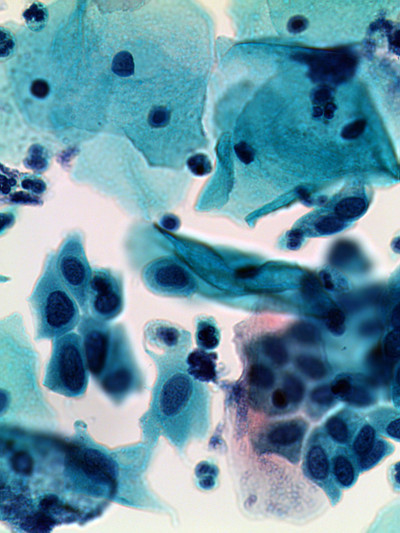Laboratory Services
HER2 –Breast Cancer FDA approved
Print this pageUpdated Test Information:
| Test Description |
HER2 –Breast Cancer FDA approved
|
|
|---|---|---|
| Synonym(s) |
HER2 neu |
|
| General Information |
Probes: HER2(17q12)/CEP 17 (17p11.2) Disease(s): Breast Cancer |
|
| Specimen Requirements |
Formalin fixed paraffin embedded (FFPE) tissue blocks or |
|
| Additional Processing Details |
ASCO/CAP 2018 Guidelines recommend fixation time between 6 and 72 hours for breast tissue. Transport to the testing lab at room temp is acceptable. Do not allow sample to overheat. Use cold pack for transport, making sure cold pack is not in direct contact with specimen |
|
| Required Information |
Complete the Incyte Diagnostics hematology requisition with the patient's demographics and relevant clinical history. Label the specimen containers with patient's full name, second unique identifier, and specimen site/source. |
|
| Unacceptable Specimen Conditions |
Specimen containers without two (2) patient identifiers, specimens submitted on non-positively charged slides, paraffin blocks that have been overheated or frozen, specimens without a H&E slide, slides or paraffin blocks with no tissue remaining, Samples fixed in fixative other than 10% neutral buffered formalin. |
|
| Department (code) |
FISH |
|
| Methodology |
Fluorescence in-Situ Hybridization (FISH) |
|
| Estimated TAT |
3-5 working days from receipt |
|
| Testing Schedule |
Monday–Friday |
|
| Retention |
Blocks:10 years |
|
| CPT Code(s) |
88377x1 manual |
|
| Additional Information |
Clinical Significance: Determines anti-HER2 therapy. Qualitative determination of HER2/neu gene amplification. Limitations: Use of fixatives other than 10% formalin, fixation times less than six hours or greater than 48 hours may not yield reliable results. Results of the HER-2/neu FISH assay should always be used in conjunction with other information available from the clinical evaluation of the patient and other prognostic factors, such as tumor size, histologic grade, nodal status, patient's age, hormone receptor status, and other known risk factors. |
